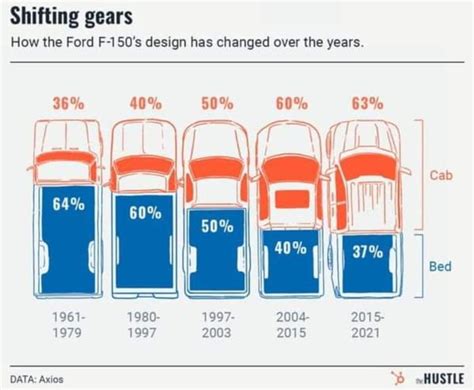The Evolution of Movie Crew Sizes Over Time: From Silent Films to Blockbusters
The magic of cinema isn't just on screen; it's the result of a massive collaborative effort behind the camera. The size and composition of movie crews have dramatically evolved over time, reflecting technological advancements, changing filmmaking styles, and evolving budgetary considerations. This journey from the relatively small teams of the silent era to the sprawling crews of modern blockbusters is a fascinating story in itself.
How Big Were Early Movie Crews?
The earliest film crews were remarkably small. In the silent film era (roughly 1890s-1920s), a typical crew might consist of just a handful of people: a director, a cameraman, a few actors, and perhaps an assistant or two. The simplicity of the technology meant fewer specialized roles were required. Lighting was primarily natural, sound recording was absent, and special effects were rudimentary, achieved through clever in-camera techniques rather than extensive post-production.
What Roles Were Most Important in Early Filmmaking?
The director often wore many hats, overseeing all aspects of production, from script to final cut. The cameraman was crucial, responsible for both operating the camera and managing the limited lighting available. Early filmmaking relied heavily on the director's vision and the cameraman's technical skill. The actors, naturally, were central, but the support team was minimal.
The Impact of Sound and Technicolor
The advent of sound in the late 1920s revolutionized filmmaking, immediately increasing crew size. Sound recordists, mixers, and boom operators became essential additions. The complexity of syncing sound with picture demanded greater coordination and a larger team. Similarly, the introduction of Technicolor in the 1930s and its subsequent advancements introduced color technicians and lighting specialists, further expanding the crew.
The Rise of the Studio System and Specialized Roles
The studio system of the Golden Age of Hollywood (roughly 1930s-1960s) saw a significant increase in both the size and specialization of movie crews. As budgets grew, so did the number of specialized roles: gaffers (lighting technicians), grips (camera and lighting assistants), script supervisors, makeup artists, hair stylists, costume designers, and editors all became integral parts of the production process. This period established many of the crew roles we still see today.
The Influence of Technology on Crew Sizes
Technological advancements have continuously shaped crew sizes. The introduction of sophisticated lighting equipment, high-definition cameras, and digital effects has, paradoxically, both increased and decreased crew sizes depending on the specific area. While some roles have become automated or less necessary, the complexity of digital effects necessitates a large team of visual effects artists, animators, and compositors.
Modern Blockbuster Crews: A Massive Undertaking
Today's blockbuster films boast enormous crews, sometimes numbering in the hundreds or even thousands of people. The sheer scale of these productions, encompassing elaborate sets, extensive CGI, and complex stunts, necessitates a highly specialized and coordinated team. Each department is subdivided into numerous specialized roles, each contributing to the final product.
How Have Independent Films Affected Crew Sizes?
While blockbuster filmmaking often involves massive crews, independent films have taken a different approach. Often characterized by smaller budgets and leaner crews, independent films frequently rely on multi-skilled individuals, where one person might take on several roles typically filled by separate specialists in larger productions. This approach allows for efficient filmmaking while still delivering compelling stories.
The Future of Movie Crew Sizes: Will AI Change Everything?
The burgeoning field of Artificial Intelligence (AI) is poised to influence the future of movie crews. While AI might automate some tasks, leading to potential reductions in certain roles, it is also likely to create new opportunities in areas like AI-assisted editing and special effects. The exact impact remains to be seen, but it’s certain that the evolution of movie crew sizes will continue to be shaped by technological innovation.
In conclusion, the evolution of movie crew sizes mirrors the evolution of filmmaking itself. From the humble beginnings of silent films to the technologically advanced blockbusters of today, the increasing complexity of moviemaking necessitates larger and more specialized teams. However, the interplay between technological advancements, budgetary constraints, and evolving filmmaking styles will continue to shape the size and structure of movie crews for years to come.

